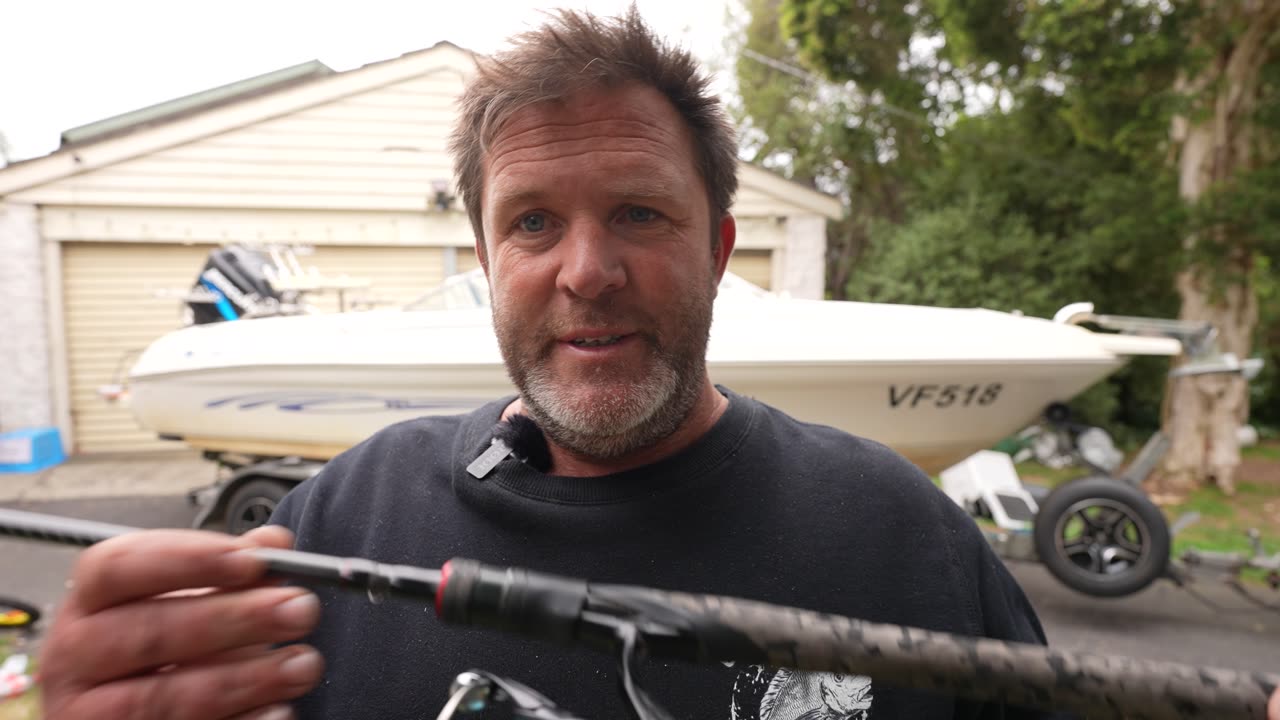Premium Only Content

king george whiting Mastering Art of Fishing Conquering Slow Tides Snapper, Squid, Gummies.
King George Whiting can be found in shallow, sandy or muddy areas around estuaries, bays, and coastal waters. Look for weed beds, seagrass, and other types of structure where they might feed or hide.
Whiting tend to feed on small crustaceans and other prey near the edges of weed beds. However, the optimal area to catch them is not within the weed beds themselves, but rather in the sand holes located near or around the weed beds. To increase your chances of catching whiting, it is recommended to position your boat just ahead of the sand hole and fish back to it.
To locate these sand holes, one can simply look with their eyes as the water is usually shallow. While the sand hole may not be visible, its shadows can be seen. Alternatively, you can scout the area during low tide and mark the GPS location of these sand holes for future reference. If you are adept with sounders, you can use active imaging with a Lowrance fish finder to see the sand holes.
Searching for whiting along the edges of banks can also be productive. As the tide recedes or flows in, whiting may move up onto the bank to feed before retreating to the deeper water at the back of the bank. By identifying key locations along the bank where the fish transit through, such as channels or holes, you can set up an ambush to catch them as they make their way back to deeper water. This approach can result in longer sustained bite periods, leading to a more enjoyable and rewarding fishing experience.
Navionics is a useful tool for studying maps, and it is available as a phone app or on a PC. While the app version is handy, the PC version has more functionality and is highly recommended. Using Navionics, you can study and explore maps of waterways, identify key features such as channels, drop-offs, and underwater structures, and plan your fishing trips accordingly.
-
 LIVE
LIVE
Revenge of the Cis
1 hour agoEpisode 1450: Wet Work
1,301 watching -

vivafrei
7 hours agoKash Patel Confirmation Hearing LIVE! Jan. 6'er Kicked Out of CPAC? DOGE Wins in Court? & MORE!
223K144 -
 5:08:38
5:08:38
Barry Cunningham
7 hours agoTRUMP DAILY BRIEFING: KASH PATEL VOTE | WHITE HOUSE PRESS CONFERENCE | DOGE UPDATE
34K18 -
 1:57:54
1:57:54
The Quartering
5 hours agoRand Paul Praises Trump, Amazon Takes Control of Bond, and Delta Gives Passengers $30,000
70.7K26 -
 1:01:59
1:01:59
The White House
3 hours agoPress Secretary Karoline Leavitt Briefs Members of the Media, Feb. 20, 2025
81.2K56 -
 59:58
59:58
Russell Brand
5 hours agoLive from Mar-a-Lago: The Globalist Empire’s Last Stand – SF541
117K139 -
 35:23
35:23
CryptoWendyO
3 hours ago $1.95 earnedCrypto Chaos Unleashed: Trump Making USA The Bitcoin Capital Of The World
31.3K1 -
 1:03:00
1:03:00
The Dan Bongino Show
7 hours agoTrump Keeps Delivering And The Libs Are Seething (Ep. 2427) - 02/20/2025
828K1.88K -
 1:20:26
1:20:26
Nerdrotic
5 hours ago $4.95 earnedSuper Chat Square Up - Nerdrotic Nooner 466
66.9K2 -
 2:05:00
2:05:00
Steven Crowder
8 hours agoTrump Slams Dictator Zelensky: Why He NOW Has a Point
522K316